Avoid These Common Art Portfolio Mistakes and Boost Your Chances of Admission
Dec 31, 2024

Building a successful portfolio for the art university isn't just about showcasing your best work—it's about creating a visual narrative that highlights your journey, vision, and growth as an artist. But, even the most talented of applicants can fall into common traps that can weaken their overall submission. So, here are 5 tips to help you easily avoid some of those pitfalls and craft an authentic portfolio that stands out:
1) Not knowing your audience or having a vision in mind.
One of the biggest pitfalls artists can fall into when creating a portfolio is failing to showcase their authentic voice or vision. Schools want to see you—your ideas, your perspective—not someone else’s style or story. This includes fan art, celebrity portraits, or artworks based on established IP that will detract from that originality. So, skip the imitations, avoid fan art, anime, or any work that mirrors another artist’s voice.
Instead, focus on what you want to say. What’s your story? How do you see the world?
American recording producer, Rick Rubin, once said something in his novel that has stuck with me ever since:
"All that matters is that you are making something you love, to the best of your ability, here and now."
Let that guide you. Create with honesty, pour your passion into every piece, and your portfolio will reflect the real you—your journey, your voice, and your vision.
2) Balance, consistency, and variety...
A mistake a lot of young artists make is thinking that more work means more impact. But here's the truth: piling on more pieces will almost always weaken your portfolio's overall strength. A school reviewer may only have 10 minutes to look over your submission, so make every second of that count!
Put yourself in their shoes, look through their eyes, and consider what you would want to see in that limited time, what will best serve you.
Each school has its own submission requirements, so take the time to tailor your portfolio accordingly. Don't just throw everything you've got into one submission—focus on presenting your best work with purpose and intention.
Which brings me to tip #3...
3) Curate with purpose and intention...
Another pitfall many artists run into is getting too hung up on each piece as a singular entity rather than part of a bigger picture. Sure, one piece might be technically excellent, but if it disrupts the flow of your entire portfolio, it's probably best to let it go in service of the whole.
A single submission is never the be-all and end-all. There will always be another opportunity to make something even better down the line. Keep the focus on the bigger story you're telling.
Remove yourself from the work, let your ego go, and you'll be all the better for it.
4) Presentation matters
When compiling a portfolio, high-quality images are an absolute must. Make sure to scan or photograph your physical work; if you don't have a scanner, use the one at your local print shop. Avoid poor photos with bad lighting or angles—they will diminish the work's overall impact. It doesn't matter how strong your art is if the presentation falls flat. You've got to show the world that your art matters and that starts with presentation.
The way you present your art is a direct reflection of how much you value it.
So, treat it with the respect it deserves.

5) Ask Questions and Seek Feedback
When it comes to asking the right questions and getting solid feedback, don't guess, don't assume—go straight to the source. Reach out to school advisors, ask the right questions, and you'll get the right answers. Here's a pro tip: don't skip National Portfolio Days. They are free, professional feedback on your work, by the exact places you are trying to get accepted to.
Friends and family mean well, and it's important to take them into consideration, but their feedback might not be exactly what you need; and as David Choe once said, good artists will let down their loved ones in service of great art.
So connect with reviewers and school reps—they'll give you the real, actionable insights that will get you accepted into your dream school. Building a portfolio can feel overwhelming, but with thoughtful curation, a clear vision, and attention to detail, you can create a submission that truly stands out.
...So don't just take our word for it,
Dive into various resources like YouTube, online articles, and other guides to get even more insights and support along the way.

Sketch you later,
Shouh + The YG Team

Young Guns acknowledges that it is situated and operates on the unceded traditional territories of
the xʷməθkʷəy̓əm (Musqueam), Sḵwx̱wú7mesh (Squamish), and səlilwətaɬ (Tsleil-Waututh) Nations.
info@ygstudio.ca
2239 Oak St. Vancouver, BC
